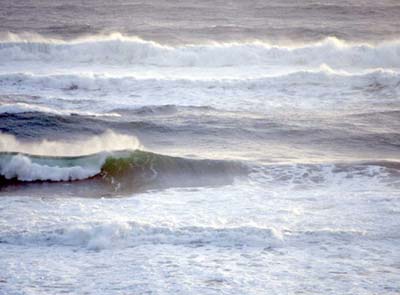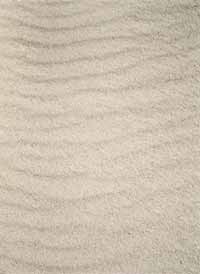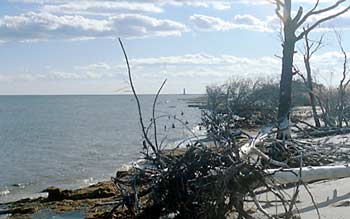|
|
 
A fundamental property of beaches is that they constantly change due to the action of wind and water. Waves create beaches by washing up sand from offshore deposits. Larger, high-energy waves that occur in winter and during storms can erode the beach by carrying the sand back offshore. The sand on the beach also can be transported inland by the wind and shaped into dunes. The different zones of the beach are defined by the action of wind, waves, and tides.
The FORESHORE or intertidal-terrace is the portion of the beach between the low-tide and high-tide marks; it slopes toward the water. The BACKSHORE or berm portion of the beach extends landward from the high-tide mark; is essentially level or may slope slightly away from the water. LONGSHORE BARS are off-shore ridges of sand (sand bars) that roughly parallel the beach. DUNES are formed when wind carries sand further inland from the berm.
|
|
Home | History | Local | Sailing | Fishing | Paddling | Rowing | Nature | Biking | Weather | Navigation | Links | Contact
Us | Shop Copyright © 2006 InterMarket Advertising. All Rights Reserved. |
.gif)

 While
waves move across the surface of the water, the water within the wave
moves up and down in a near circular orbit. These orbits decrease in
size with increasing depth, but they can resuspend off-shore sand into
the water column as long as the water is not too deep. As the wave
reaches the beach it falls forward or breaks, carrying the suspended
sand with it up the foreshore. In the case of smaller, low energy waves
generally typical of summer, most of the water sinks into the beach
as the wave retreats, leaving sand behind on the foreshore. In this
way the beach is built up. During falling tides, you can often see
small ridges of sand left at the upper edge of the waves travel up
the foreshore (lap marks).
While
waves move across the surface of the water, the water within the wave
moves up and down in a near circular orbit. These orbits decrease in
size with increasing depth, but they can resuspend off-shore sand into
the water column as long as the water is not too deep. As the wave
reaches the beach it falls forward or breaks, carrying the suspended
sand with it up the foreshore. In the case of smaller, low energy waves
generally typical of summer, most of the water sinks into the beach
as the wave retreats, leaving sand behind on the foreshore. In this
way the beach is built up. During falling tides, you can often see
small ridges of sand left at the upper edge of the waves travel up
the foreshore (lap marks).  Large
high-energy waves more typical of winter and storms have a completely
different effect. As they break and crash onto the beach, the turbulence
resuspends the beach sand. Because the volume of water in the wave
is so large, most of it runs back out over the beach (the back wash)
before it has a chance to sink into the beach. In doing so, large waves
carry away more sand than they bring ashore, and the beach erodes as
a result. Erosion from a storm often results in a sharp drop off or
step between the berm and the foreshore.
Large
high-energy waves more typical of winter and storms have a completely
different effect. As they break and crash onto the beach, the turbulence
resuspends the beach sand. Because the volume of water in the wave
is so large, most of it runs back out over the beach (the back wash)
before it has a chance to sink into the beach. In doing so, large waves
carry away more sand than they bring ashore, and the beach erodes as
a result. Erosion from a storm often results in a sharp drop off or
step between the berm and the foreshore.